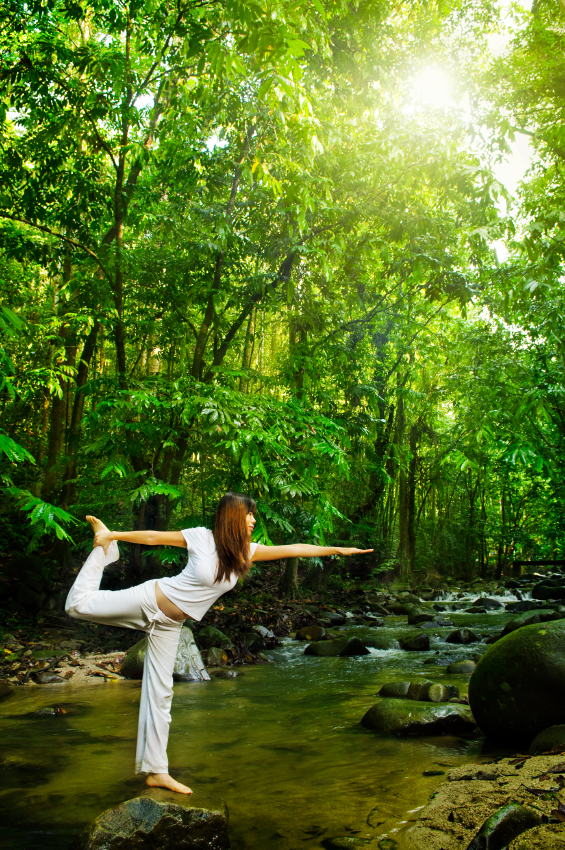
Inside Yoga 176 (12/9/2016)
If you practice yoga it does not mean you have instantly fixed all those bad habits and tendencies, like a bad temper or a tendency to worry needlessly, but what the practice does offer is the techniques, confidence and ability to address these unwanted emotions and thoughts and either limit their negative impact or in some cases remove them.
Yoga, and I include physical exercise and meditation, is called a “practice” intentionally because it is not “perfection” in a box, it is not offering an instant fix or a solution that means “job done and no need to come back”. It is something we learn to practice and keep practicing so that we can deal with those waves of unwanted emotions, feelings and thoughts which do keep coming back, however much we want them to stay away.
It is, however, true that with practice things do get better, for example, with the bad bits returning less frequently and our ability to regain a sense of balance and contentment easier to achieve as we become more familiar with the practice.
Recently my brother-in-law told me he had a conversation about family with a colleague, and said when he mentioned that I teach yoga for a living, the colleague said: “Your brother-in-law must be very chilled?” Phil replied: “No, he’s the least chilled person I know!”
Now, I could say he was exaggerating, joking or that he only ever sees me when the family get together and as everyone knows these can be stressful events! This conversation, however, does illustrate an important point about what yoga is there for: I practice yoga because I need to! It helps me establish my own personal sense of calm, “chilled-ness” and clarity. It brings me to state of balance better than anything else has ever done, and that is why I have been practising yoga for more than 21 years. I practice because the more I practised the more it was clear to me that here was something that really does work.
My mother said I was born in a hurry and have lived in a hurry ever since… until yoga (meditation) taught me to slow down, and also channel this energy which makes me hurry so much into something more manageable and beneficial. In 1994 I met an American, in Lhasa, capital of Tibet, and while talking about all manner of topics he told me quite directly that I “needed to meditate”! The following year I was in India, started my first meditation lessons and never looked back. The American was right!
During 1995 and up to 1999 I spent a lot of time with the Tibetan community including periods studying Buddhism in monasteries. It seemed like a standard joke for several Tibetan monks as they would often say to curious Westerners who assumed these monks were perfect Buddhas that “oh, I am very bad, that is why I am monk!” There are about 257 rules for monks to adhere to, so you could say the practice kept them on the straight and narrow. The lay practitioners, in Tibetan Buddhism, usually had just 8 rules (precepts) to follow, so we got off lightly!
The point is that it is human to have good moments and bad moments; it is natural to find that we swing from one mood to the next and do not feel on top of things. The practice teaches us to recognise this state of mind and make an appropriate response: be it vigorous yoga asanas followed by quiet meditation or gentle practice followed by meditation – meditation being the thread holding the whole of this practice together.
I like to use another image about practice. Picture that you are either stressed, angry, feeling low, or unsettled, or perhaps all of these. You enter a room in your home to practice yoga and meditation. After the practice, whatever kind of practice you have chosen to do, when you leave, you feel lighter, clearer, and more content, as if you left the rubbish and unwanted stuff in the room. Then you are ready to leave the home and re-enter the world beyond, feeling balanced and steady.
This is what practice is for me, removing what is not wanted or needed, getting rid of feelings and emotions which are simply not helping us and we know this. It is also a practice which does not expect perfection, but a guide to a better state of mind and heart… a “how to” guide with step by step instructions.
And don’t expect to feel chilled all of the time!
Any comments and questions contact me via answer panel below or email
